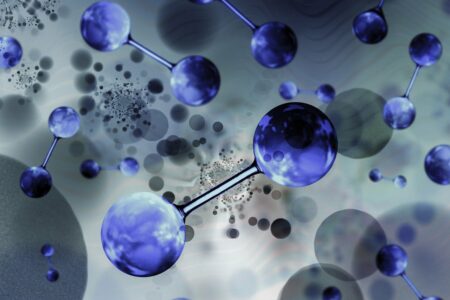Using their innovative processing technology, a Chinese research team has successfully converted saltwater into a renewable hydrogen fuel source.
Since it is renewable, has an abundance of usable components, is inexpensive, and can be used to generate high-quality hydrogen, seawater is an excellent choice for use as a hydrogen fuel source. However, seawater presents considerable challenges since it contains components, like as chlorine, that hinder the efficiency of the conversion method. To get around this drawback, researchers came up with a new processing platform that retains all the advantages of seawater while eliminating its drawbacks, such as chlorine.
By passing an electric current across water, its molecules are electrolyzed and separated into oxygen and hydrogen. Hydrogen produced in this way can be burned with no harmful byproducts to create water.
To create a more durable electrode, the group fashioned a nickel-iron layered double hydride array on carbon fabric and placed benzoate particles between the layers. With the interlayer gap increased by the benzoate ions, the material becomes permeable to electrolytes. The novel technique allows electrolysis to be carried out continuously for 100 hours without compromising the integrity of the structure.








